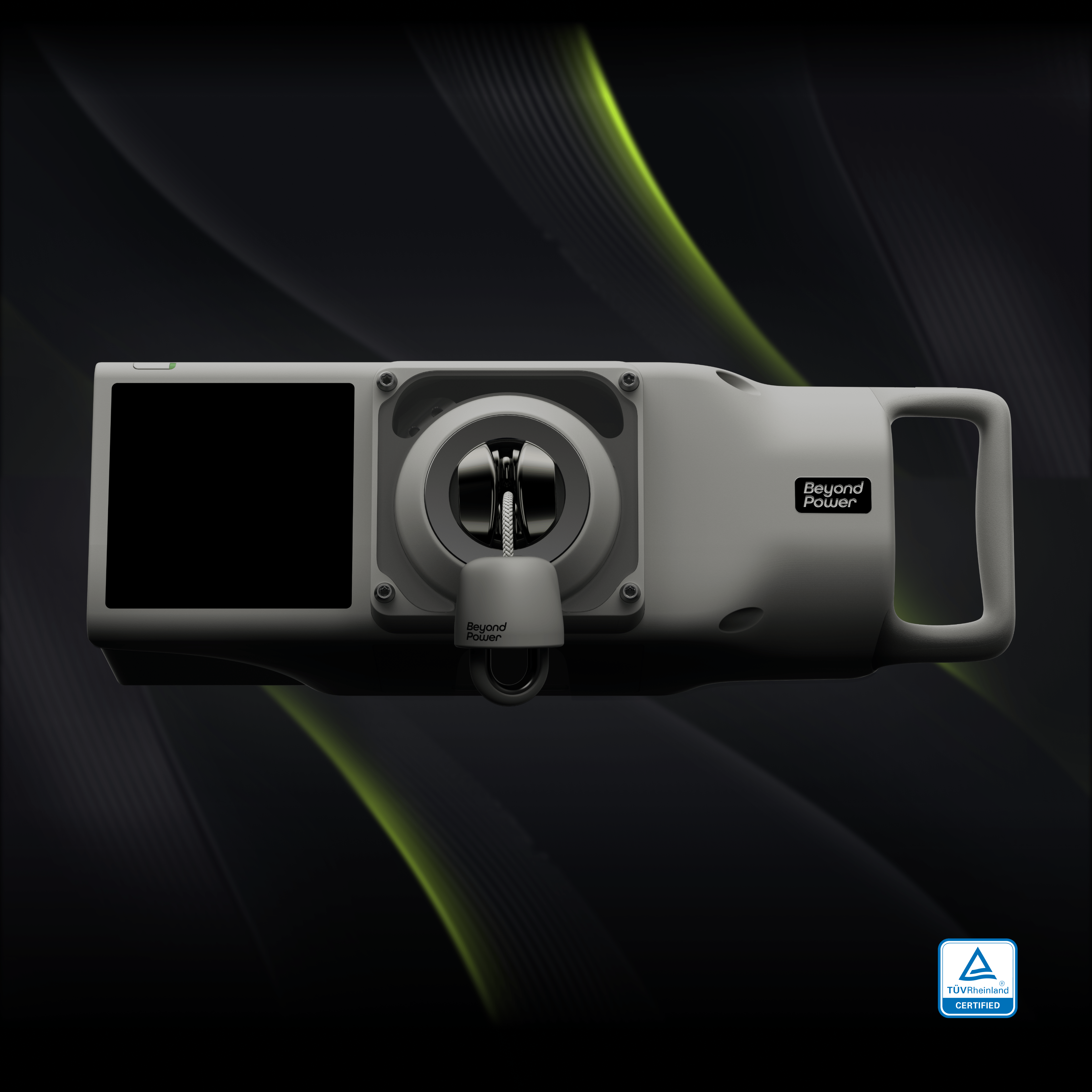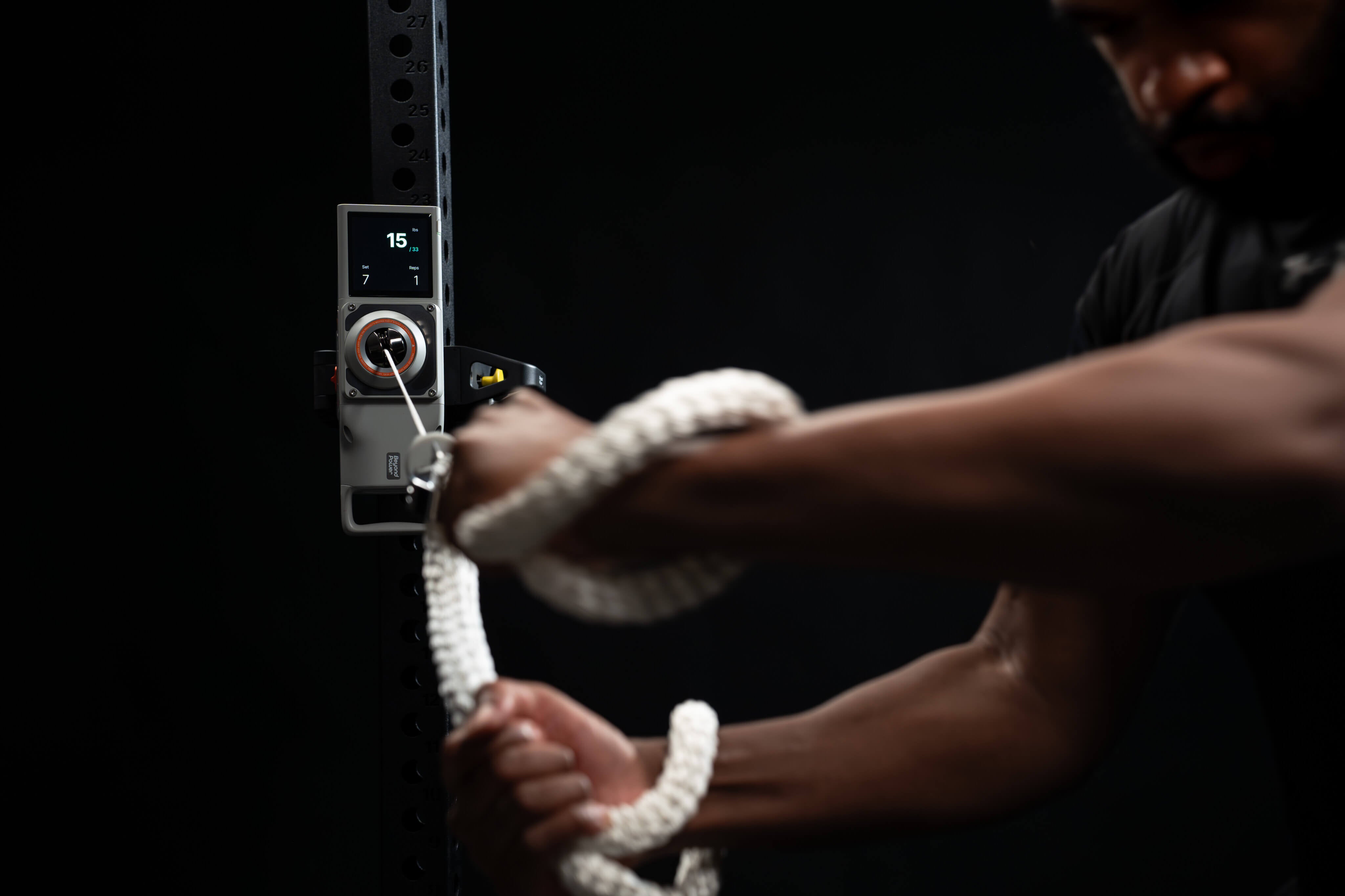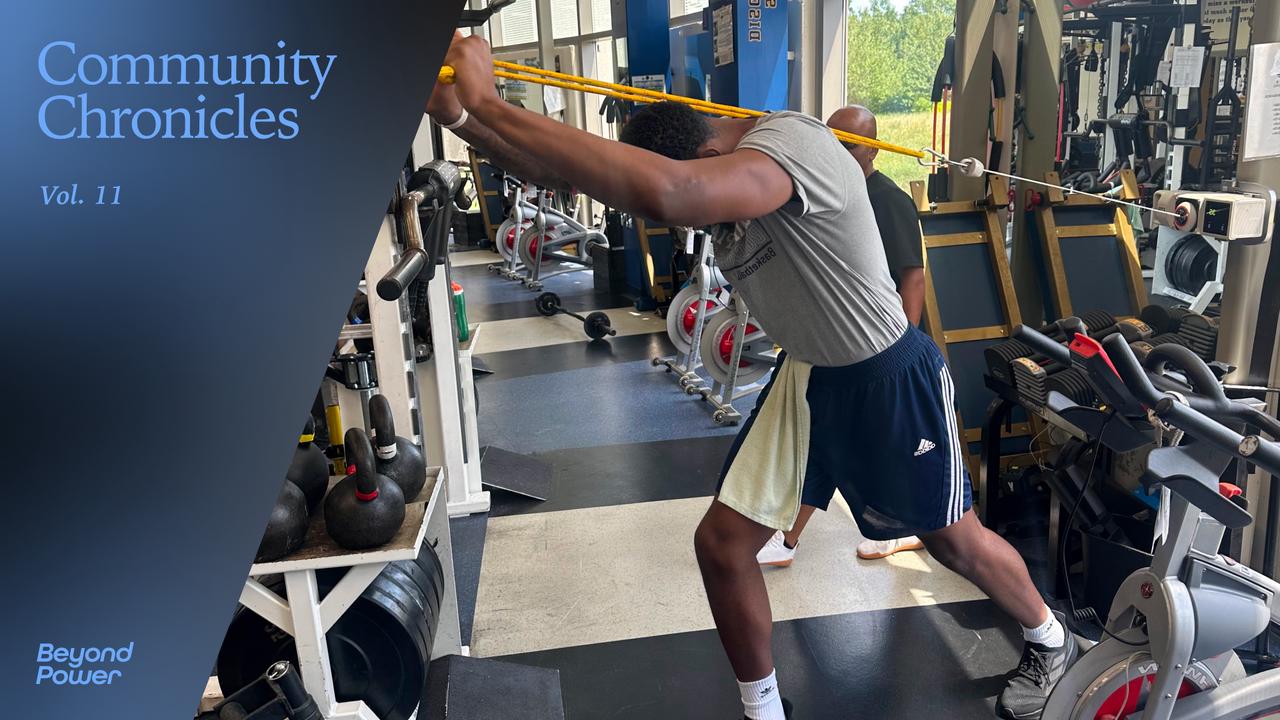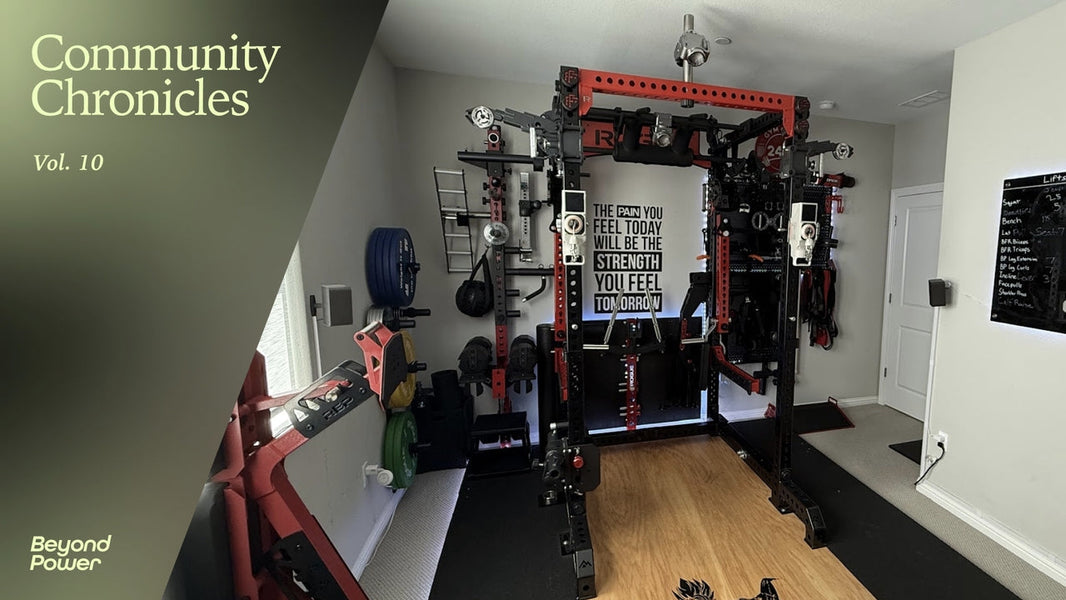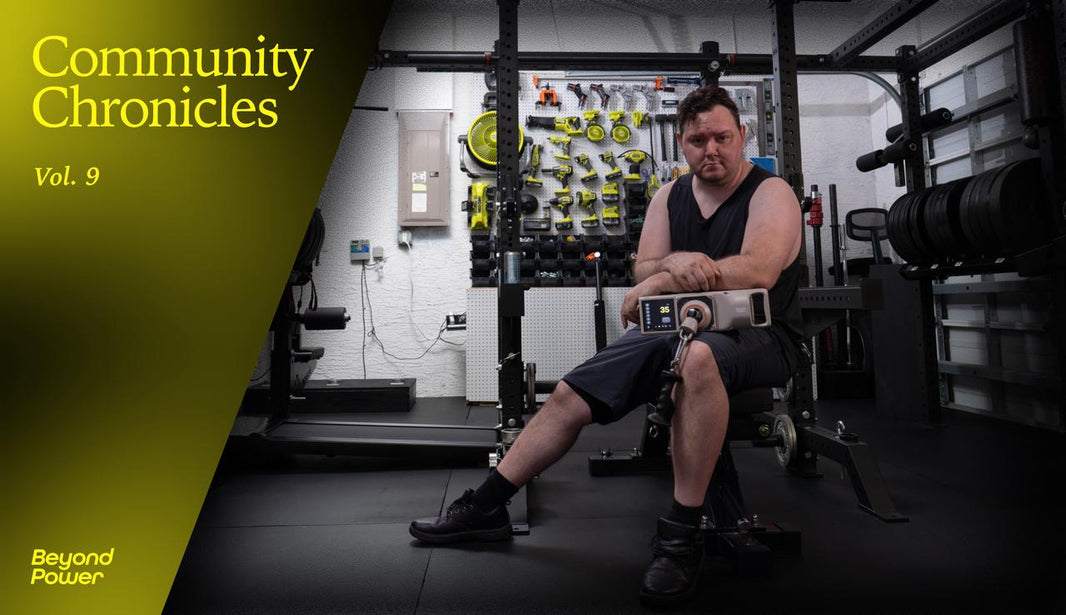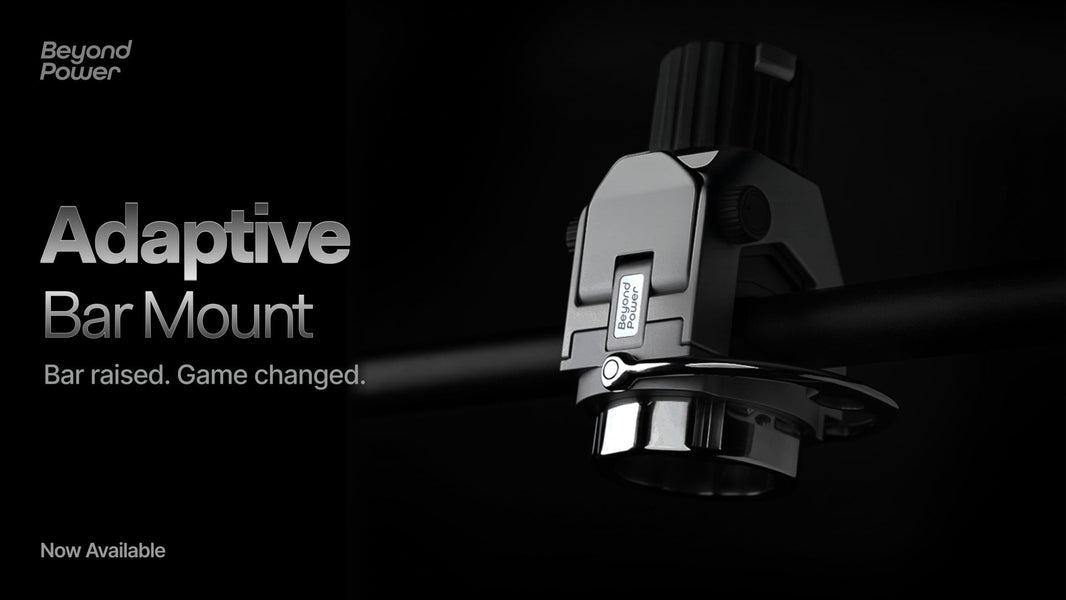Coach Brijesh Patel has spent over 16 years at Quinnipiac University building one of the most respected hockey programs in the United States. Currenly serving as the Associate Athletic Director / Director of Athletic Performance, and named 2024 NSCA College Strength and Conditioning Coach, Coach B's "position is everything" philosophy and commitment to relationship-driven training have produced countless elite athletes.
We spoke with Coach B to discuss his experience integrating VOLTRA I and his thoughts on the future of strength and conditioning.
Philosophy & Technology Integration
You've built your reputation on creating sustainable, relationship-driven training cultures. As training technology becomes more sophisticated and accessible, how do you see tools like VOLTRA I enhancing the human element in coaching?
Coaching, teaching and training involves a human element that we must not lose as technology continues to make an impact upon health, fitness and performance. We have found tools like the VOLTRA I to help teach, educate and train movement more effectively. The variety of different settings allow us to train for speed, power, rehab, max strength and even help build lean muscle mass all within one unit. The accompanying app is also visually pleasing and interactive to the athlete which helps engage them in the development process.
In your 16+ years at Quinnipiac, you've seen equipment evolve dramatically. What's your framework for deciding when new technology is worth integrating, and how do you balance innovation with proven methods?
Any piece of equipment that we look into must help our training become effective, impactful and efficient. The other factors we must consider are logistical. Do we have room for it, how many would we need, and what are the budgetary impacts? We know the principles of overload, specificity, individualization, periodization and reversibility are tried and true. Any piece of technology that we evaluate must be able to fit into what we do to enhance our athletes' abilities to move efficiently while reducing the chance of injury.
Democratizing Elite Training
Beyond Power is on a mission to make elite training methods accessible to everyone. Given your experience working with limited resources early in your career, how could a $2,000 investment in intelligent resistance technology change the game for a small college or youth hockey program vs. a more established program?

The current price point of the VOLTRA I allows any coach, team or organization with a limited budget to help their athletes improve in many ways. The engineering of the unit is well thought out, aesthetically pleasing and ease of use makes it simple for any level of athlete to use.
The variety of mounting options allows it to be fixed in a traditional weight room and to be used on the road when traveling. Beyond Power offers many different attachments that allow any movement that a coach can image to be loaded while allowing many different types of loading to occur to train nearly every part of the speed-strength continuum.
You've mastered creating "extra work" that's individualized for each athlete. How would you use VOLTRA I's precise resistance control and data tracking to scale this personalized approach across larger groups of athletes?
We often talk about just doing team training as the bare minimum and that doing extra work is where we can often individualize and target specific areas of improvement. We have already implemented the VOLTRA into different contrast complexes for those that need to focus on their power, and have also used custom curves for return to play individuals. A coach is truly limited by their imagination, as the VOLTRA continues to prove that it is flexible for any athlete and their specific needs.
Practical Implementation & Hockey Applications
VOLTRA I offers multiple resistance modes - eccentric overload, isokinetic, isometric, variable resistance (chains/bands), and custom curves. Given your emphasis on position, fascial health, and systematic athlete development, which mode do you find most intriguing and why? How would you integrate your favorite mode into your current training philosophy?

One of my favorite settings to implement into training is traditional weight training with accommodating resistance and eccentric overload. I have found that this helps to teach our athletes how to accelerate through their strength curve and then also learn how to position themselves to decelerate and slow down the load. This setting has helped our athletes get into efficient positions to load and explode and also helps them 'feel' better. I believe that this 'feel' has impacted their fascia and allowed for better positions to be attained.
Hockey players need to develop power in that low, wide skating stance while maintaining mobility through tight spaces. Walk us through how you'd design a VOLTRA I protocol that addresses both the demands of deceleration and the explosive power needed for acceleration in hockey-specific positions.
Hockey players need to be able to get triple flexion of their ankle, knee and hip efficiently to give them the potential to increase their skating power. This is the recovery position of the skating stride and an athlete must be strong and stable in these positions to maximize their outputs. I like to use a torsional strap attachment that allows our athletes arms to be free (as in skating) and helps facilitate loading through fascial chains as the strap helps to pull them effectively into their hips.
I will use a stationary lateral squat to help teach first and then progress to a cross under or lateral lunge with accommodating resistance and eccentric overload to teach how to accelerate through a full range of motion while working on eccentric control. I will then contrast this with a similar plyometric to enhance the velocity component of the force-velocity curve.
Your "position is everything" philosophy emphasizes optimal joint positioning for force production. How would you leverage VOLTRA I's isometric capabilities and real-time feedback to help athletes find and reinforce these optimal positions?
I view training as a means to enhance movement and we know that having the ability to optimize positions, shapes and angles will impact our ability to move efficiently.
Understanding this allows me as a coach to understand how to teach, load and progress athletes so they can become better athletes. Using the VOLTRA I's software and isometric capabilities allows us to show and teach how their position impacts their force production and power. The real time feedback allows our athletes to compete and optimize their outputs.
Coaching Evolution & Future Perspectives
You've coached athletes who grew up with smartphones and expect immediate feedback. How has this generational shift changed your coaching approach, and where do you see objective training data fitting into building the accountability and work ethic you value?

Athletes now love instant feedback and to know how they are doing instantly in training. Many software solutions allow this and can enhance efforts within training instantly. From measuring velocity to seeing a graphical representation of their power has been found to help athletes' engagement and can also drive their effort through competition. Seeing each athletes set and reps helps to increase their accountability that they are getting their sufficient work in and integrating the feedback helps create a competitive environment that can bring out the best in each other.
Looking ahead 5-10 years, what excites you most about the intersection of technology and strength & conditioning? What concerns you, and how do we ensure technology enhances rather than complicates coaching?

Technology integration into strength and conditioning has made coaches and implementing training more effective over the years. I have noticed an over reliance that has gotten away from the history of coaching and the understanding of human interaction. At the heart of coaching is the relationship. We must not lose sight of relationship building as tech advances. Understanding data, numbers and quantitative side of training is valuable but must not replace the ability to communicate effectively with other human beings. I think AI and in particular AI agents can be helpful tools for coaches to understand data and help guide coaches decision making.
Peer Guidance
For strength coaches at other hockey programs reading this, what's your advice for making the case to administrators that investing in intelligent training technology like VOLTRA I is worth the budget allocation over traditional equipment?
Many facilities lack the space for cable stacks or functional trainers. Implementing VOLTRA I is not only space saving but also budget friendly alternatives that allow coaches to implement three-dimensional functional training in the development process. They can be housed permanently within the weight room or can be taken to other training spaces and used for pre-game warm-ups, rehab or stand alone training session.
You've seen coaches try to implement too many systems at once and fail. If a coach gets their hands on VOLTRA I tomorrow, what's your recommended approach for integrating it into their existing program without overwhelming their athletes or disrupting their culture?
Start simple and utilize it as a means to load traditional patterns of pulling, pushing, squatting, hinging or integrated core training. I would initially use it as a cable or band alternative and then as your athletes start to get familiar with the unit and app, a coach can start to get creative and try the variety of settings. I would recommend that they do it with a small group of athletes first before implementing all the tools within the VOLTRA I with a full team as the initial test group can help the larger group learn.

Final Thoughts
How was your experience working with the Beyond Power team? What advice or suggestions do you have for them?
The Beyond Power team has offered outstanding customer support, asks for feedback and has been willing to work with me. The team is constantly looking for ways to innovate and enhance the user experience.
In the Setup
-
Power racks (various brands)
About Community Chronicles
Community Chronicles is a collection of stories and media from the Beyond Power community, designed to highlight bold and innovative ways in which our products are used. Periodically, editors will share setups, stories, or tips to better serve our growing community.
To get featured, share your content over on our Reddit, or contact us at support@beyond-power.com. We're always listening!
Follow Coach Brijesh Patel on Instagram and use the links in his bio to keep up with his continued innovations in athlete development.


